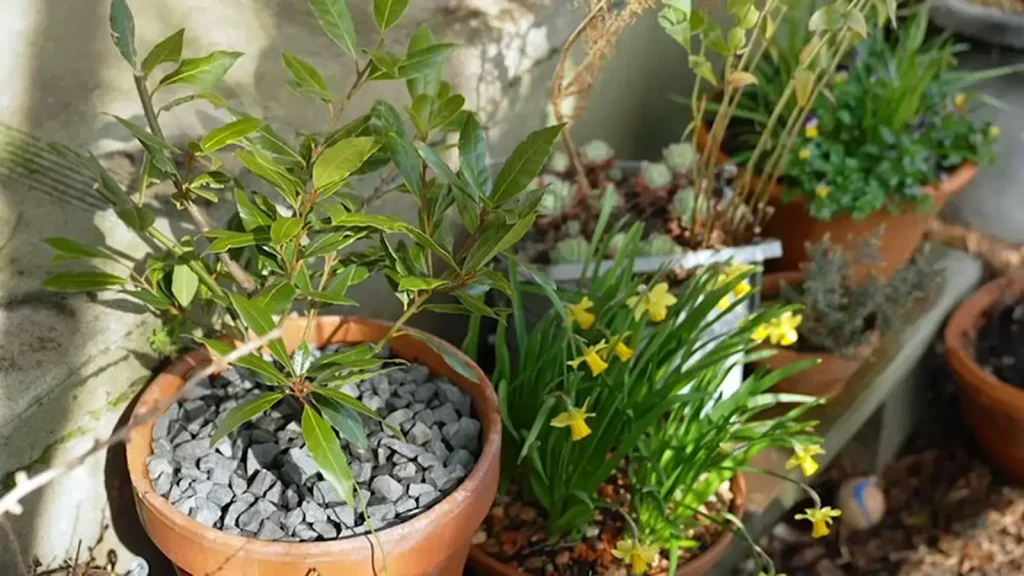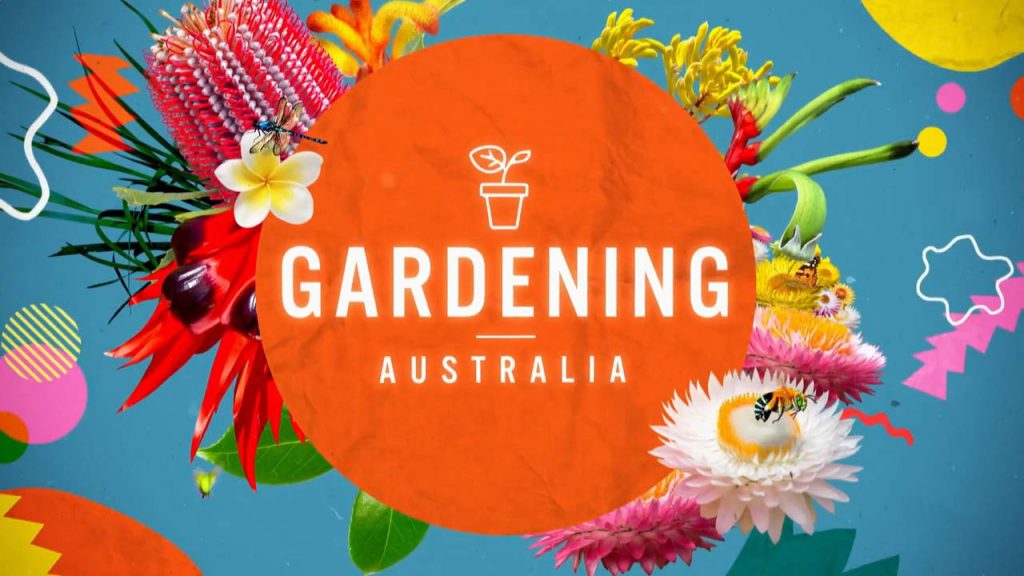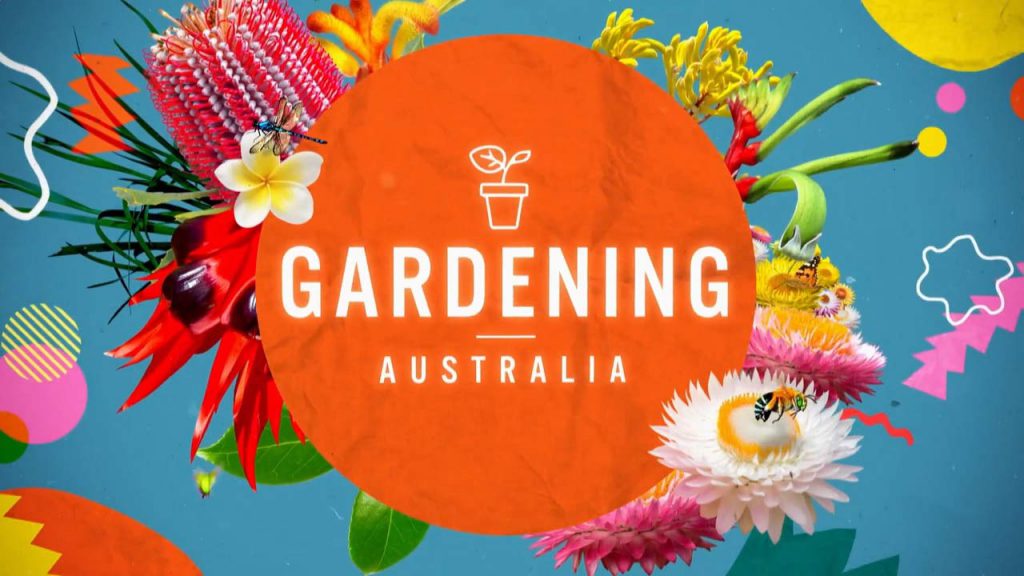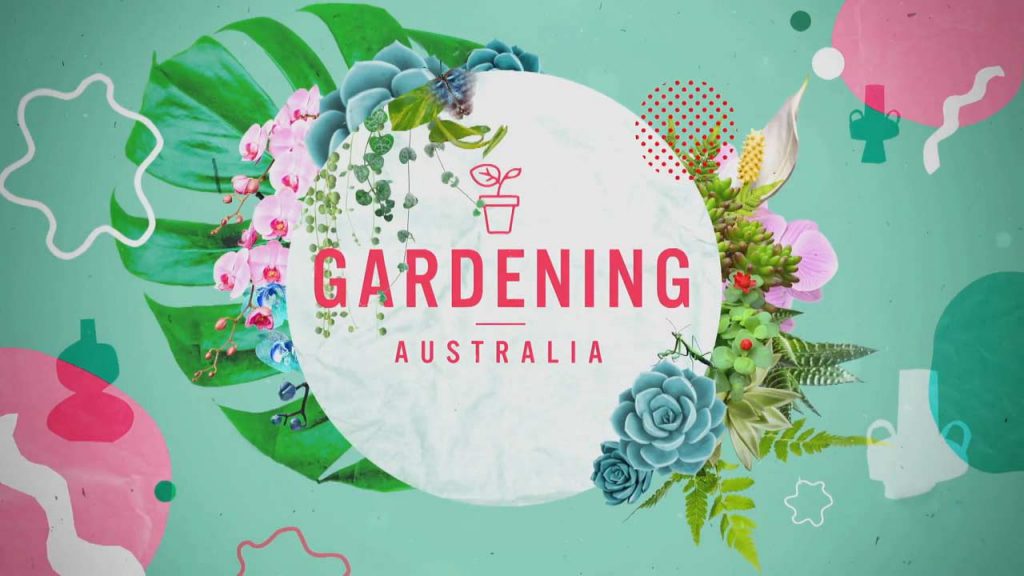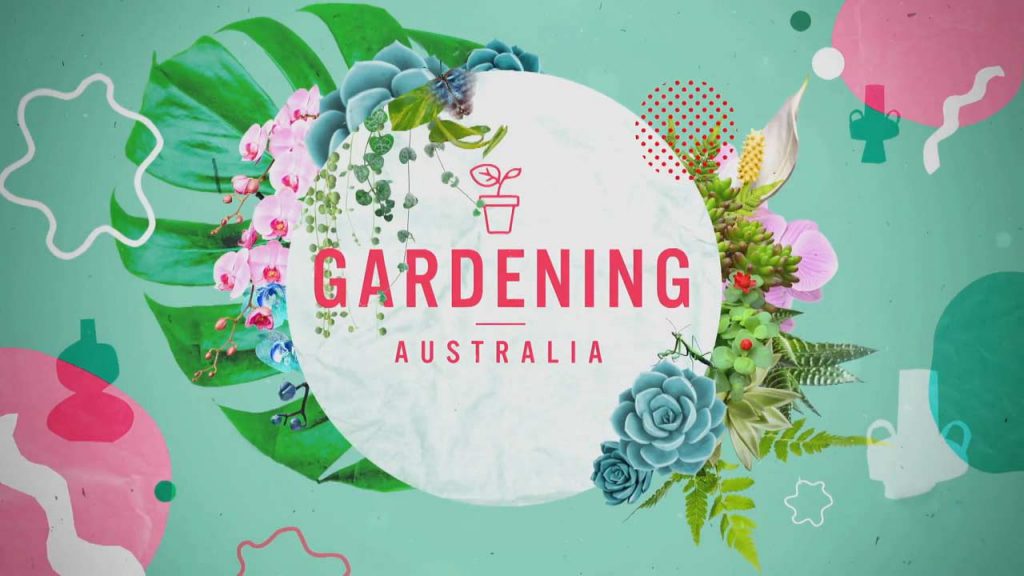Gardening Australia episode 35 2023 – In this beautifully crafted episode, we embark on a journey with Costa as he visits a communal garden that stands as a testament to the power of community collaboration and green initiatives. Here, Costa explores the lush greenery and learns about the sustainable practices that make this garden a flourishing oasis. Meanwhile, Sophie demonstrates her ingenuity in staying cool and relaxed, skillfully navigating the challenges of the summer heat with grace and creativity.
As we move on, Josh takes us on an educational and immersive tour of a highly productive perennial patch. He unveils the secrets of perennial plants that bloom year after year, showcasing a diverse array of species and their unique adaptations to the environment.
In a tranquil and nurturing setting, Millie dedicates her time and expertise to the care of pot plants. She shares her knowledge and passion for these plants, revealing the art and science behind their upkeep and growth.
Celebrating the grandeur of nature, Jane delves into the fascinating world of cypresses. Her segment highlights the historical significance and the ecological importance of these magnificent trees, instilling a sense of awe and respect for these natural wonders.
Jerry’s exploration brings him to the delightful and aromatic frangipani family. He introduces us to the various species within this family, explaining their unique characteristics and the role they play in different cultures and traditions.
Finally, our journey takes an international turn as we travel to Indonesia. Here, we meet a dedicated nursery grower who passionately shares their experience in plant cultivation. This segment provides a rare glimpse into the meticulous process of nurturing plants, from the initial seeding to the joyous bloom, and emphasizes the grower’s commitment to sustainable and ethical practices in horticulture. This episode is not just a tour through gardens and nurseries but a journey into the heart of nature’s miracles, highlighting the interconnectedness of humans and the natural world.
Gardening Australia episode 35 2023
Pick Me Up Plants – The Role of Communal Gardens in Enhancing Mental and Physical Health
Communal gardens, especially in community housing settings, serve as a beacon of hope and transformation. At the heart of Sydney’s lower north shore lies Ebbs House, a crisis accommodation center managed by Mission Australia. This facility, designed to offer temporary shelter to adults facing housing crises, extends beyond just providing a roof. It’s a nurturing ground for personal growth and community bonding, thanks to its vibrant communal garden.
The garden at Ebbs House is more than a collection of plants; it’s a therapeutic landscape fostering mental and physical well-being. Phil Pettitt, the Community Greening Manager from the Royal Botanic Gardens, Sydney, plays a pivotal role in this. By leading a horticultural program, he ensures that this garden is not only a space for relaxation but also a hub for learning and personal development.
Innovative Gardening Techniques and Environmental Sustainability
One of the remarkable features of the Ebbs House garden is its use of raised wicking beds. These beds allow for efficient water usage, crucial in sustainable gardening practices. The garden layout includes generous pathways and is safeguarded against the center’s chickens by a fence crafted from recycled timber pallets. This not only exemplifies resourcefulness but also shows a commitment to environmental sustainability.
The transformation of a once unused corner into a flourishing food forest is particularly noteworthy. It symbolizes the potential for growth and renewal, themes central to the experiences of the residents at Ebbs House.
Community Engagement and Skill-Building Workshops
Regular volunteering opportunities bring together residents and community members, fostering a sense of belonging and collective responsibility. Phil’s workshops cover a range of themes, from basic gardening techniques to more specialized topics like installing a hive of native stingless bees. These activities are not just about gardening; they’re about instilling confidence, teaching valuable skills, and creating a supportive community network.
The Social and Therapeutic Benefits of Community Gardening
The communal garden at Ebbs House stands as a testament to the power of gardening in enhancing quality of life. It provides a serene environment for residents to unwind, engage in physical activity, and enjoy the therapeutic benefits of being close to nature. More importantly, it’s a place where they can cultivate not just plants, but also a sense of purpose and belonging.
Cultivating a Lush Garden: Bromeliads, Fig Fruit Intricacies, and Thriving Cucumbers
The Natural Habitat of Bromeliads
Bromeliads, known for their vibrant colors and unique shapes, thrive in their natural epiphytic state, growing on trees. Attaching these plants to trees in your garden mimics their natural environment, promoting healthy growth.
Step-by-Step Bromeliad Attachment
To attach a bromeliad to a tree, simply press the plant against the tree’s trunk. Secure it with a stretchable tie, such as an old stocking, ensuring it’s snug but not overly tight. Trim any excess material from the tie. Within approximately six months, the bromeliad’s roots will naturally anchor themselves to the tree.
Understanding Fig Species and Edibility
There are over 800 fig species, but not all yield edible fruit. Each species has unique inverted, spherical flowers.
Fig Wasps: A Symbiotic Relationship
The fig wasp plays a crucial role in the life cycle of many fig species, entering the flower to reproduce and inadvertently pollinating the fig. In areas outside the natural habitat of these wasps, fig trees may produce fruit without wasp involvement. The Deciduous fig (Ficus henneana), for instance, grows well in environments like Brisbane, producing wasp-free fruit.
Common Issues with Cucumber Cultivation
Many cucumber varieties are bred to produce abundant female flowers, but successful fruit development requires pollination, often lacking adequate male flowers.
Tips for a Fruitful Harvest
To increase the likelihood of a successful cucumber crop, diversify the varieties planted in your garden. This approach increases the chances of simultaneous male and female flowering, leading to better pollination and a more abundant harvest.
Mastering the Propagation of Mexican Sage Bush in Your Garden
Understanding the Mexican Sage Bush
Characteristics and Benefits
The Mexican Sage Bush, scientifically known as Salvia leucantha, is renowned for its resilience and ornamental appeal. This plant is not only a visual treat with its vibrant flowers but also serves as a haven for beneficial insects, contributing to the ecological balance in gardens.
Ideal Conditions for Growth
Thriving in a range of environmental conditions, Salvia leucantha is adaptable to various soil types and weather conditions, making it a versatile choice for gardeners.
Propagation Techniques
Preparing for Division
The most effective time for dividing the Mexican Sage Bush is during its dormant phase, typically from autumn to spring. This timing ensures minimal stress and optimal regrowth for the plant.
Step-by-Step Division Process
- Trimming: Start by cutting back old stems to the base, making room for new growth.
- Root Clump Extraction: Using a sharp spade, neatly excavate a clump of roots and lift it from the soil.
- Cleaning the Root Ball: Immerse the root ball in water to clear excess soil, revealing the primary roots and shoots.
- Segmentation: Identify robust sections of the rootball with healthy roots and new shoots, and separate them into smaller portions.
- Replanting: These segments can be directly planted back into the garden or potted for future transplantation.
Post-Division Care
It’s crucial to water the newly planted segments thoroughly and continue extra care for a few months to ensure strong regrowth.
Propagation Through Soft-Stem Cuttings
Optimal Timing and Method
Soft-stem cuttings can be taken from spring to mid-autumn. This method is a straightforward way to multiply your Salvia leucantha plants.
F.A.Q. – Gardening Australia episode 35 2023
Q.: What makes “Gardening Australia episode 35 2023” stand out in the series?
A.: This episode is distinctive for its in-depth exploration of communal gardens, showcasing Costa’s visit to a communal garden that exemplifies community collaboration and green initiatives. It also highlights various gardening segments, including sustainable practices, care of pot plants, and the ecological significance of cypresses and frangipanis, culminating in a visit to an Indonesian nursery grower.
Q.: How does the episode contribute to viewers’ understanding of sustainable gardening practices?
A.: The episode educates viewers on sustainable gardening by featuring raised wicking beds for efficient water usage, the transformation of unused spaces into productive areas, and the introduction of environmentally friendly techniques. This approach underlines the importance of sustainable practices in gardening.
Q.: What are the therapeutic benefits of community gardening as shown in this episode?
A.: The episode emphasizes the therapeutic aspects of community gardening, particularly in the context of Ebbs House’s communal garden. It illustrates how such gardens provide mental and physical well-being, serving as a nurturing ground for personal growth and community bonding.
Q.: Can you elaborate on the propagation techniques covered in the episode?
A.: The episode delves into propagation techniques, especially for the Mexican Sage Bush. It covers various stages like preparing for division, the division process, post-division care, and propagation through soft-stem cuttings, providing viewers with practical and detailed gardening insights.
Q.: What unique plant species and gardening challenges are addressed in this episode?
A.: The episode addresses several unique plant species and gardening challenges, including the intricacies of bromeliads, fig fruit, and cucumbers. It discusses the natural habitat of bromeliads, the symbiotic relationship of fig wasps, and common issues in cucumber cultivation, offering solutions and tips for a fruitful harvest.
